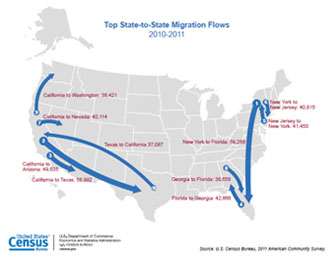Over the past few years, the U.S. bed bug population has exploded. Regardless where the tenant brings them in from — a recent hotel visit, or maybe they’ve been carrying them from rental to rental, it becomes the new landlord’s responsibility to remove them.
Depending on the environment, bed bugs can live for approx 2 – 12 months without a warm blood meal. We have all heard rumors about where and with whom bed bugs decide to room up, but the truth is bed bugs don’t know a dirty shanty from a luxury penthouse suite — they can live in either just fine if allowed to thrive.
To avoid an infestation, landlords may consider distributing a flier with the new lease package. It may warn tenants about things like leaving clutter on the floor or how storage areas become a suitable nesting ground. Yet, a smart landlord will want more firepower for this pest situation.
The main type of pesticides used on bed bugs are “Pyrethroids.” These work in a similar way to DDT, and also similarly, bed bugs have become resistant to the poison. Fumigation and heat treatments are effective but can cost $1000′s. Products such as pyganic dust, and phantom aerosols are said to be rather effective, but usually – legally – require the consultation of an expert.
Don’t waste money on expensive pesticide applications: strong steam cleaning has been found far superior for bed bug removal and has better lasting effects. When a tenant vacates, give the unit a good vacuuming followed by a deep steam cleaning. Don’t just concentrate on the carpets. Bed bugs and their eggs lay in waiting in all sorts of little nooks and crannies.
An intensive vacuuming followed by steam cleaning the unit is a great way to ensure there are no bed bugs left behind from the time your tenant brought home that “cool” old couch from the thrift store.

